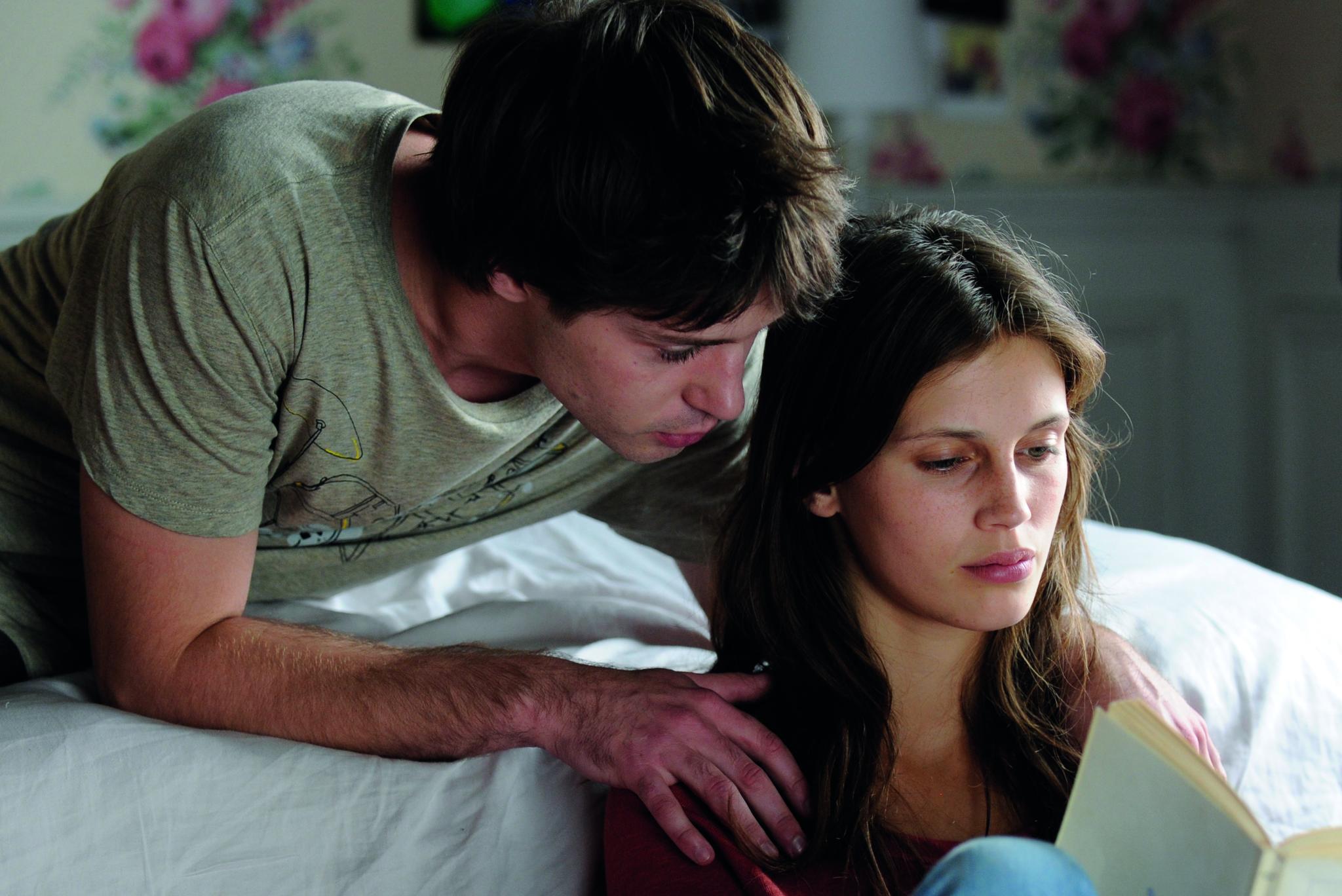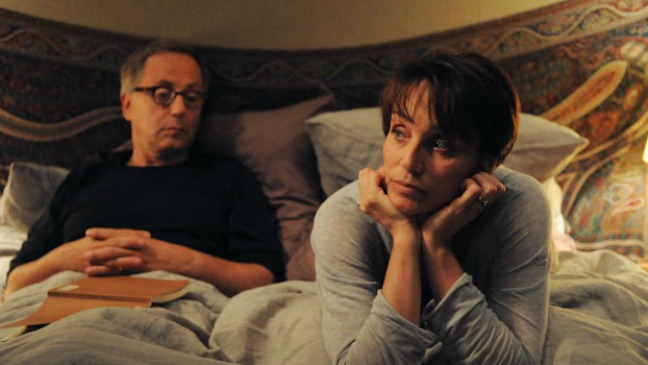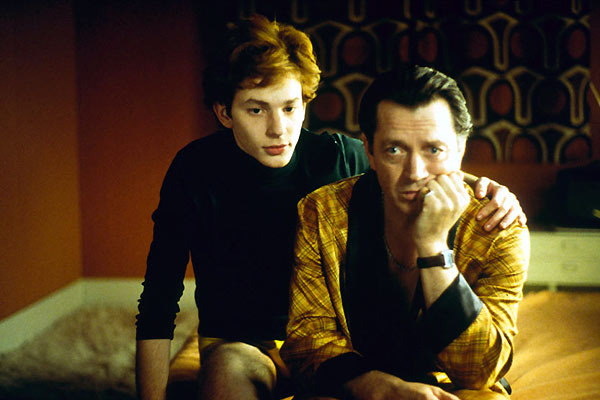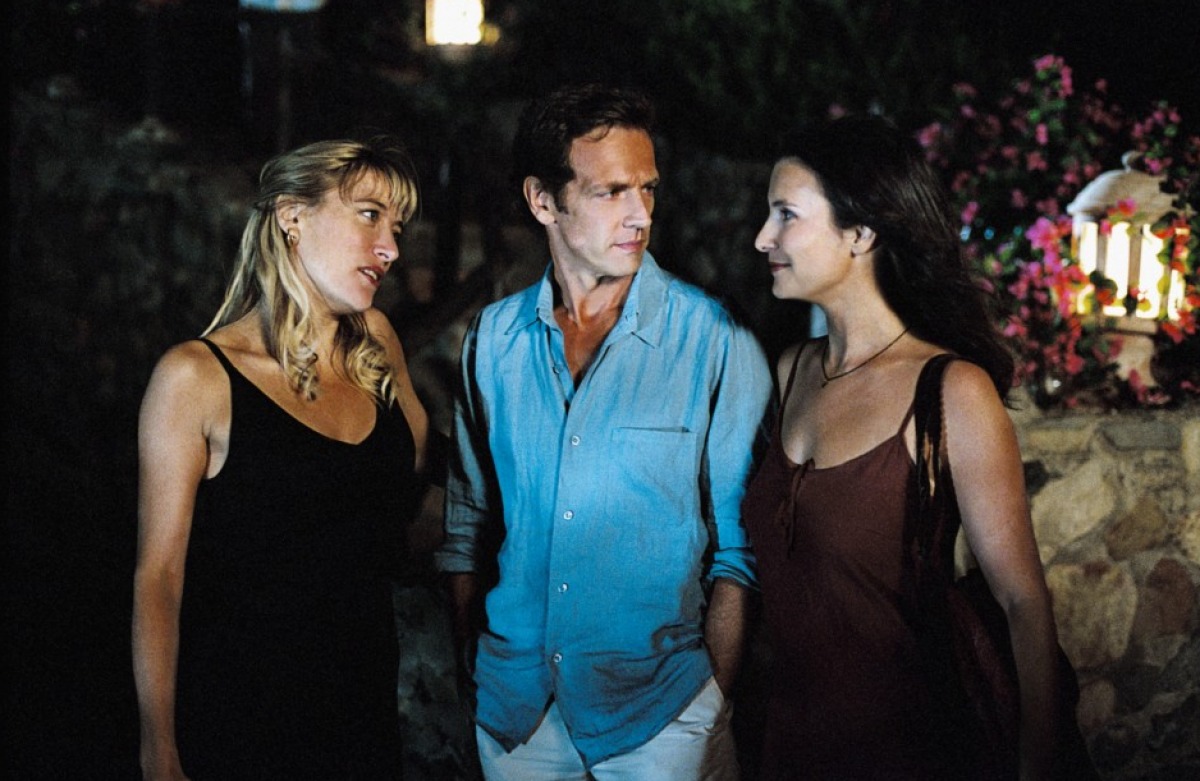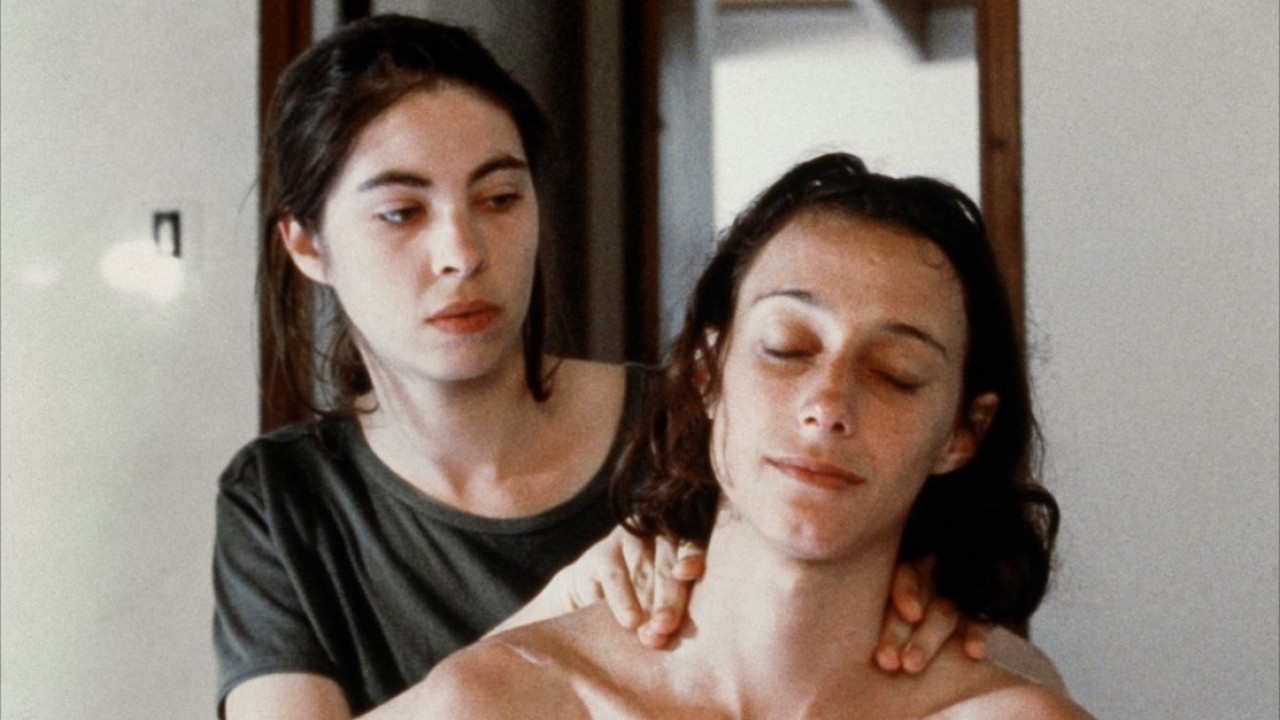French-born filmmaker Francois Ozon is an auteur in his own right. He has obtained his proper education as a director in the prestigious film school La Femis where other great filmmakers such as Louis Malle, Alain Resnais, Andrzej Zulawski and Claire Denis have studied.
There is subtlety in his films mixed with proper dramatics and satire. Sexual depravity is another element that appears consistently in his work. All of that is accomplished with a flair of the Ozon touch that one will begin to recognize having seen enough of his film work.
His biggest commercial achievements with films like Swimming Pool and 8 Women have given him the financial support that is so essential in the business of moviemaking and the opportunities as well to continue trying different ideas as is the case in the film Ricky where he wrote a story about a human baby who develops a pair of workable wings.
The usage of the music in his film work is also quite noticeable. You can feel the strings of your heart being pulled when Cat Power’s song The Best is effectively utilised at the end in Ricky. In his short film A Summer Dress, the performance of one of the leads to Sheila’s Bang Bang is utterly mesmerizing! In 5×2, you will feel like your breath is being taken away once Paolo Conte’s Sparring Partner starts to play in a scene. It’s no surprise then that in 8 Women, the music takes the center stage.
Another factor that seems to play an important role in his films but hasn’t been mentioned so far is the theme of homosexuality. Ozon isn’t very opened about it per say in his public interviews but there is no denying that it exists in his work. A perfect example of this would be the rape scene of the older man in the cabin wood sodomizing the younger boy tied up on the bedpost in Criminal Lovers. That should raise an eyebrow or two.
There is a sensibility of class and even opulence in his film work. But just like with an aristocrat in days passed, there is also a good dose of libertinage. Don’t underestimate the effect a Francois Ozon film can give you. It can be powerful stuff!
10. Young and Beautiful (2013)
Isabelle is a young beautiful girl who can’t find true sexual satisfaction under the normal circumstances most young women find themselves in when pursuing their sexual impulses. So, she resorts to prostitution and finds herself dealing with different types of clients. One in particular, an older man, becomes a repeated client and they develop a certain kind of connection. Unfortunately, he has a heart attack in the middle of sex with her and she becomes involuntarily involved in his case.
Later, she gets outed to her immediate family about her profession and tries to resume a normal life even attempting to have a regular boyfriend. She soon returns to her old ways and ends up meeting the wife of the old man at the same hotel room where he died. They share an intimate verbal moment where empathy is demonstrated in a particular non-sexual way. Isabelle falls asleep and when she awakens, she finds herself alone in the room.
Although the movie isn’t symbolic enough to compare it to the likes of Bunuel’s Belle De Jour, it has many layers to explore as to why is it that some personalities out there are just not content with the more socially acceptable flow of sexual exploration? What is it in their psyche that prevents them from fully embracing a more straight edge sexual life!?
This one is more in the vein of Lars Von Trier’s Nymphomaniac pieces but without the BDSM. The tale seems innocent in some ways but as it’s always the case with an Ozon film, it has a hint of debauchery ready to take you out of your comfort area.
9. In The House (2012)
If it’s fair to say, this is probably Francois Ozon’s most Hitchcockian infused film most notably Rear Window mainly because of the voyeuristic theme. It’s about a precocious high schooler who entertains his teacher with his impressions and fantasies that involves the family of his fellow classmate who is fooled into being a tutor just so the other one can have direct access to their home environment.
It’s creepy but yet insightful what one can gather having that kind of access. Dark secrets from all sides begin to spring up. Obsessions are starting to become unmanageable. The thin line of respect and consideration is blurred. And just when all things become chaotic, you’re left to start afresh once again somewhere else.
The film ends with the high school student and the teacher sitting on a bench looking out at a building with people doing different activities by their windows. It’s like the world is their oyster and the choice is only theirs to make. In The House, you could say, is intellectual even. It can be appreciated by those who are able to relate hopefully only on a subconscious level.
8. Water Drops on Burning Rocks (2000)
Adapted from Rainer Werner Fassbinder’s play of the same name, Francois Ozon explores the play format with this film. It’s set in 4 acts and primarily deals with the relationship of an older man with a younger guy that disintegrates over time. It’s a love complicated situation that s over in different directions particularly when two women arrive unto the scene.
Nudity and verbal arguments are all exquisitely provided with such ease on this little stage within’ a film. If you’re a fan of Fassbinder’s work, then you would know that he is the type of filmmaker that is special. You need to have a certain kind of appreciation for his films that can help you get over the sometimes lethargic nuances they can project. This story is no exception. Add Francois Ozon to the mix and what you have is a special quasi collaboration between two greats in cinema.
7. 5×2 (2004)
What Francois Ozon set out to accomplish with 5×2 is nothing short of interesting. Looking for ways to expose the internal struggles of a marriage, he managed to tell their story backwards chronologically giving us the opportunity to experience the disintegration of the relationship in a more unique way from how it ended to how it began.
There are no over-the-top grand explanations, just subtle hints given to us in the storyline that either may have or may have not contributed to the downfall of the relationship. What Ozon explores successfully in this one is how auspicious a relationship can be at first, but then slowly with time, it seems to become unavoidably tarnished. The director stated in an interview that perhaps it’s not so much routine that could destroy a couple but personal enigmas.
Here we have the story of Gilles and Marion starting the film with a scene dealing with their divorce. Then we are taken back through the many phases of their relationship where we’ll see particularly from the husband’s perspective many red flags. Gilles at a party in their home mentions the subject of infidelity while at another time, he misses the birth of his son practically abandoning his wife at the hospital with her family. But Marion seems to have her own dilemmas nevertheless, as she sleeps with a foreigner on her own wedding night.
What propels two people to form a serious union whether it’s involving a relationship or even a friendship? What personal baggage are they taking with them? What is it really that they think they need from each other? What personal responsibilities are they willing to take? All these questions are explored in 5×2.
The story may give off an intense and heavy vibe, but it does manage to end on a brighter note giving us a glimpse of an innocent and perhaps naive beginning of two people coming together and walking off into the sunset on a beautiful and serene beach.
6. See the Sea (1997)
Imagine this, a stranger who happens to be a woman walks into the lives of a mother and her child. The father is away on business. The stranger is allowed to put up a tent in the garden after much hesitation from the mother. The two women become friends and as more trust is built, the stranger becomes more erratic in her the behaviour.
One particular scene involves the stranger putting feces on the mother’s toothbrush. No direct explanation is given as to why the stranger is developing this inner hatred towards the mother that ends up in leaving the mother bound and dead only to be found eventually by the father. The film ends showing the stranger leaving with the child on a ferry.
Marina De Van plays the stranger convincingly well. She’s the type of woman that looks innocuous enough but you can’t help but feel there’s something more sinister in the deeper regions of her psyche. She wrote and directed her own film In My Skin playing a similar kind of role and shows how far the unravelling of a mind can truly go. Marina De Van was another important collaborator for Francois Ozon not only writing and starring in See The Sea but also writing 8 Women. See The Sea is to be described as a psychological suspenseful film.
